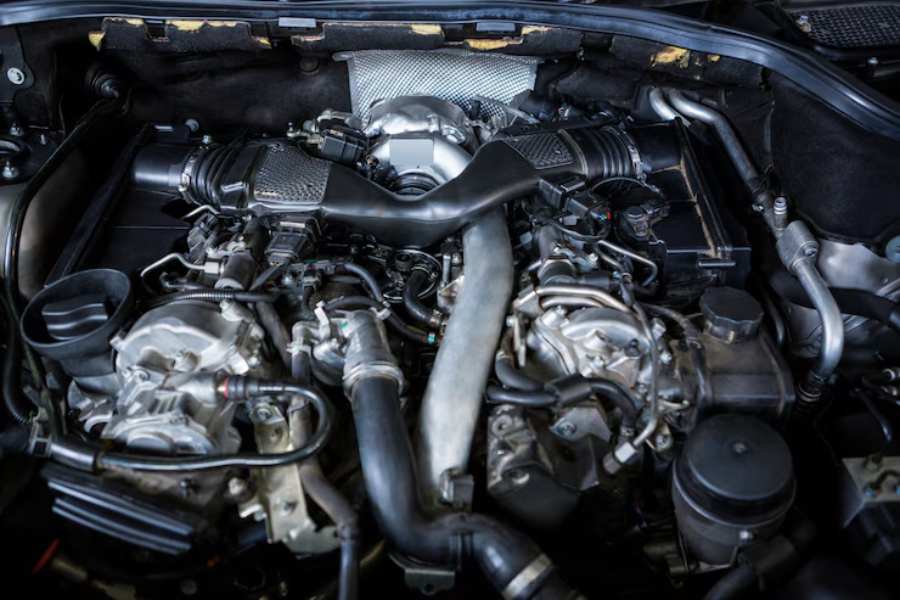How Exhaust Flow Affects Throttle Response in Daily Driving Builds

Throttle response is directly tied to how efficiently air moves through the system, from intake to combustion to exhaust. When air gets out faster, the car breathes better. That breathing affects everything from acceleration feel to how the car reacts when you step on the gas during regular traffic flow.
Drivers often focus on sound when upgrading their exhaust systems daily. But flow dynamics deserve just as much attention. A well-designed exhaust upgrade does more than change the tone. It also unlocks better low-end torque and midrange responsiveness that’s felt every time the light turns green.
The Flow Behind the Feel
In factory form, most exhaust systems are tuned to balance emissions, cost, and general consumer comfort. That means restrictive piping, heavy mufflers, and flattened bends that create unnecessary backpressure. While that’s fine for mass production, it leaves performance on the table.
Improving exhaust flow doesn’t mean removing all restrictions. The goal is balance. Too little backpressure on a naturally aspirated engine can actually lead to torque drop at lower RPMs. On the other hand, a good performance exhaust maintains enough pressure to assist scavenging while opening up high-RPM breathing.
This is where the feeling improves. Better scavenging clears spent gases more efficiently. That lets fresh air-fuel mixtures enter the chamber quicker, reducing the lag between throttle input and forward motion.
Not Just a Track Thing
Throttle response matters in more than just performance settings. It makes a difference during lane changes, when pulling out into traffic, and even during basic city driving. Inconsistent or slow response can make the car feel sluggish, even if horsepower numbers suggest otherwise.
In daily-driven builds, response beats top-end gains. That’s why experienced tuners prioritize flow improvements that enhance driveability, not just maximum output.
Key Points Where Flow Matters
An exhaust system isn’t a single component. It’s a chain, and weak links in any part of it can slow down airflow and dull throttle feel. Upgrading in stages can still yield noticeable results, if the right pieces are chosen.
Some impactful changes to watch for:
- Replacing heavy factory mufflers with lighter, free-flowing designs that reduce exit resistance
- Opting for smoother mandrel-bent piping over stock crush bends
- Installing high-flow resonators that balance tone without creating drone
- Choosing pipe diameters that suit your car’s displacement and intended use
Choosing Exhaust Components That Actually Improve Feel
Plenty of brands offer upgraded exhausts, but the results vary depending on build quality and tuning philosophy. A system designed with street use in mind usually provides better real-world results than one made strictly for high-revving track setups.
One reason Eisenmann remains a favorite among daily-driven BMW builds is its attention to flow dynamics without overdoing volume. Their systems are engineered to improve throttle response while maintaining factory-level comfort during normal use. That’s the balance more street builds should aim for.
Why Throttle Response Gets Overlooked
Many drivers fixate on horsepower when starting their upgrades. It’s the most visible number. But throttle response, the immediacy of acceleration when tapping the pedal, is what gets noticed every time the car is used.
Poor response often gets blamed on tuning, transmission behavior, or the throttle pedal itself. However, the role of the exhaust system in that delay is rarely considered. Backpressure buildup, flow restriction, and excessive noise baffles can all contribute to a sluggish or uneven feel.
Upgrades That Work Together
The best gains come from exhaust mods that are matched to the rest of the system. Intake upgrades, ECU flashes, and even lighter wheels all help accentuate the feel of a better-flowing exhaust. But the exhaust has to do its job first.
Throttle response doesn’t just improve with better air outflow. It stays more consistent across different conditions. That’s helpful in stop-and-go traffic, highway cruising, and quick maneuvers where predictability matters more than raw power.
For daily builds that aim to feel sharp without being harsh, focusing on exhaust flow first offers one of the cleanest paths to real-world performance. It’s the kind of change that feels instant, every time the foot meets the pedal.
